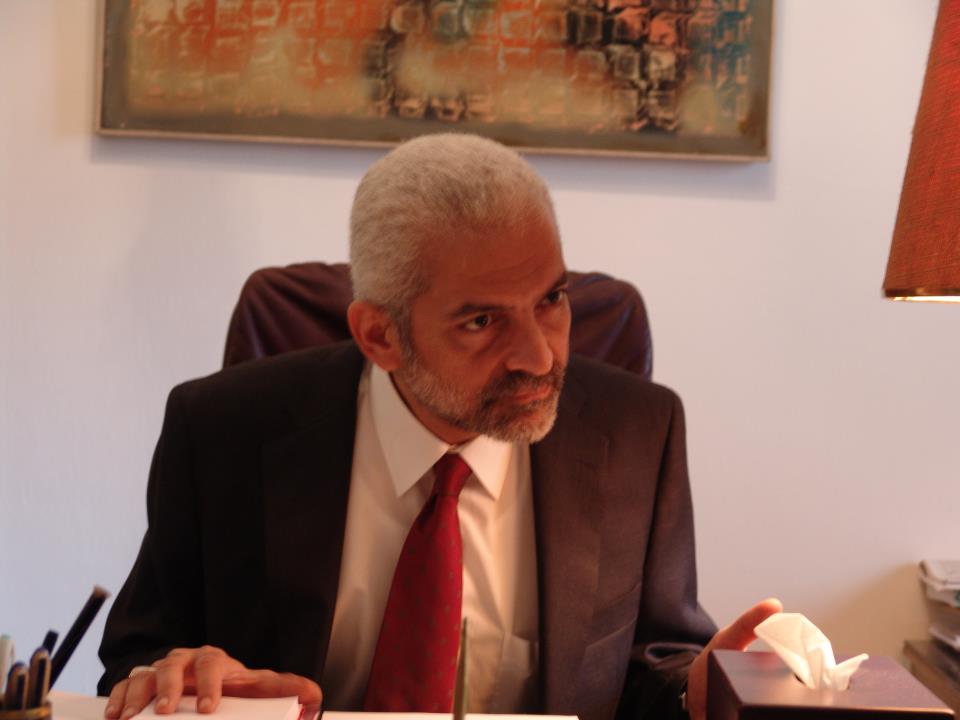Just six short months ago, a sense of guarded euphoria spread through Europe and the Middle East in the wake of President Barack Obama s Cairo speech. It seemed as if, at long last, an American president had understood the crying need for action over regional problems and the terrible damage done by years of abuse and neglect. Now, in the wake of the president receiving the Nobel Peace Prize – awarded, apparently, for what he is going to do rather than for what he has done – things look very different.
During this time, existing crises in the Middle East and North Africa – continuing violence in Iraq, tensions over Iran s nuclear program or Jordanian King Abdullah s arc of Shia extremism , as well as the crisis in Palestine – have been joined by new ones that seem much more immediately threatening. Thus the domestic crisis in Iran has generated an intensified intransigence over the country s nuclear program and corresponding American and Israeli impatience, now increasingly backed up by European states, the United Nations and even China and Russia. An attack on Iran, for instance, which seemed so remote in June is now back on the agenda. The crisis in Afghanistan and Pakistan – Obama s war of necessity – is ever more threatening as western confidence in victory ebbs away.
In Iraq – even if the violence of the past has been dramatically reduced with only 122 deaths throughout the country in November, the lowest number since the American invasion in 2003 – the long-running sore of the future status of Kirkuk, as part of Iraq or the capital of Iraqi Kurdistan, is bubbling toward a climax as the security forces of both the Kurds and the federal government in Baghdad confront each other. And in North Africa, Morocco is becoming increasingly irritated by Algerian insistence on a referendum for self-determination in the Western Sahara, while Algeria and Egypt square up over the issue of football. The ritual mutual vituperation there is intense, diplomatic links have been put in the deep freeze and Egyptian investment in Algeria is threatened.
Yet, surprisingly, none of these issues, except perhaps the crisis in Gaza, has as much potential for real violence in the immediate future as the situation in Yemen. There the veteran government of Ali Abdullah Saleh faces two rebellions; a recent recrudescence of separatist sentiment in the south that is shaping up as a real threat to the regime and the long-standing Al-Houthi rebellion in the north of the country. It is the Al-Houthi rebellion that increasingly seems to have the potential to become a cause of regional conflagration, bringing the two regional hegemons, Saudi Arabia and Iran, into conflict.
The rebellion began in June 2004, pitting a former parliamentary deputy, Husayn Badr Ed-Din Al-Houthi and a few thousand supporters from the Sa ada area, against the government. Al-Houthi was ferociously opposed to both Al-Qaeda extremism because of its treatment of Shias in Afghanistan and to the pro-American policies of the Saleh regime because of his intense distrust of both the United States and Israel. He created a new political movement called the Shabab al-Muminin (the Young Believers), acquiring significant religious status among the Za idis of northern Yemen because of the fusion of Za idi doctrine into his political beliefs.
Al-Houthi himself was killed the following September but, by then, the rebellion had grown and taken on a sectarian character because of Za idi resentment of the repressive violence of the Yemeni army, which they saw as a predominantly Shafi organization even though the president himself is a Za idi. The growth in support had also been driven by Yemeni dislike of America s war on terror in which the Yemeni government was now enmeshed. As a result, in March 2005, rebellion broke out anew under the leadership of Al-Houthi s father, a Za idi mullah.
Since then, the rebellion has smoldered on, repeatedly erupting in periods of intense violence that government forces are increasingly unable to control. Mediation in 2007 by the head of the Al-Hashid tribal confederation (Yemen s largest), who is also head of the Islah opposition in parliament, has been unsuccessful. Two similar attempts by Qatar in 2007 and 2008 also failed, while tens of thousands of residents in the Sa ada area have been forced from their homes. The latest explosion occurred last May and still continues, with 150,000 persons displaced and the rebels now promising to extend the struggle into the north and the south of the country. In November, Al-Houthi elements are said to have infiltrated across the Saudi border, bringing intense Saudi military retaliation to force them back, although nobody knows whether this will be permanently effective.
It is this that has given the conflict inside Yemen its increasingly threatening regional character. The Yemeni government, with little evidence, has long insisted that Iran has been behind the rebellion, providing it with material support. Now Saudi Arabia is hinting that this is the case, while Iran has suddenly begun to take an interest in the plight of the Za idis, as fellow Shias. All that is needed now is for Iran to decide to provide the material support that it has been long accused of doing, something the Ahmadinejad government might well be tempted to do, to divert domestic opinion. Saudi Arabia would be bound to respond, as part of its wider challenge to Iranian radicalism throughout the Shia arc of extremism . The Al-Houthi rebellion, in short, is now set to become a metaphor for a much wider Middle East confrontation.
George Joffeis affiliate lecturer at the Department of Politics and International Studies at the University of Cambridge. This commentary is published by DAILY NEWS EGYPT in collaboration with bitterlemons-international.org.






